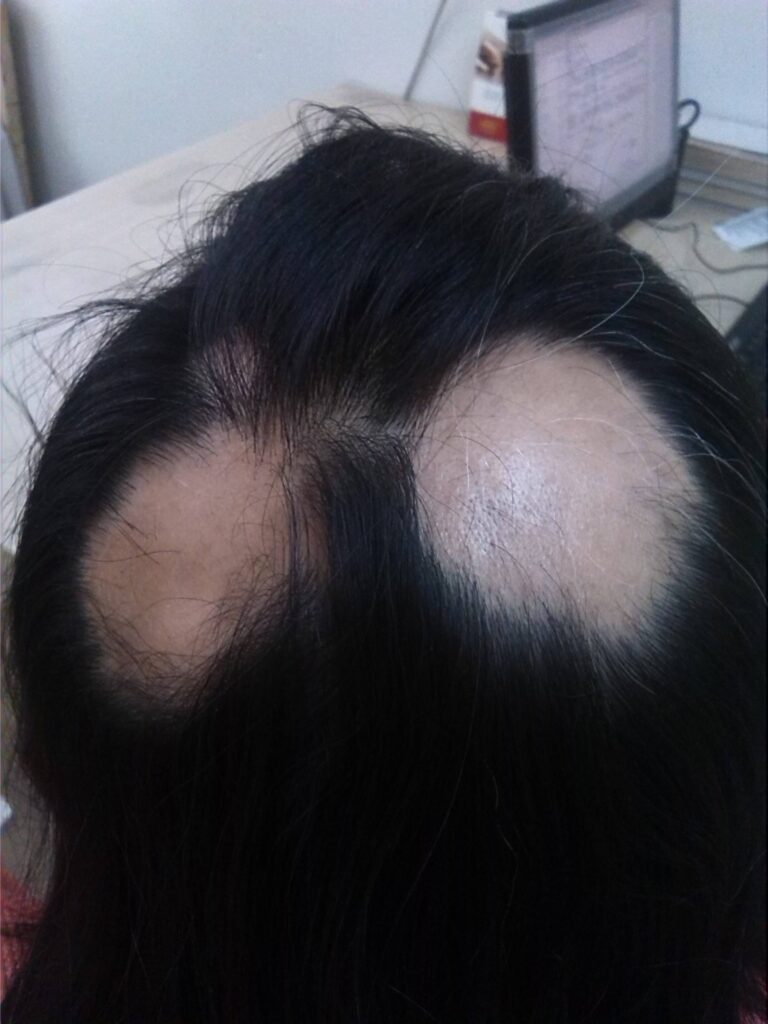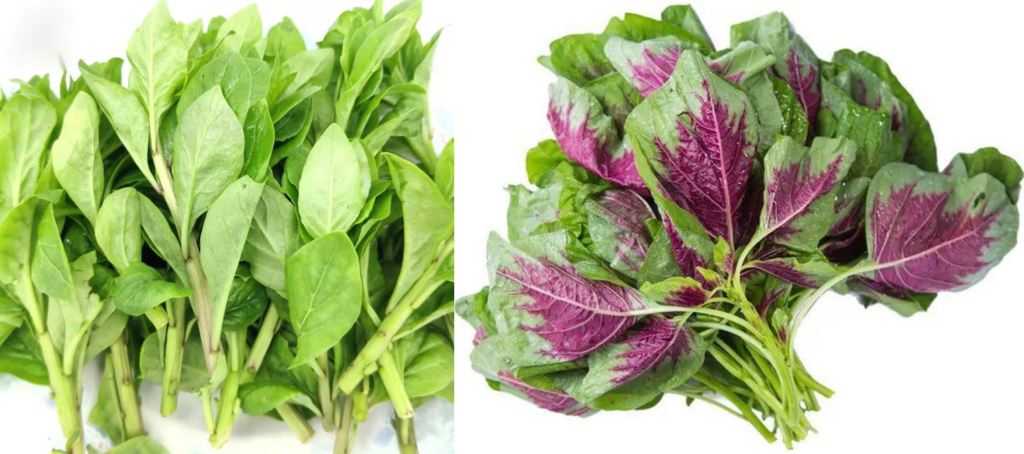
There is one topic that we previously discussed about “What is the causes of hair loss?” mentioned alopecia areata, a sudden onset localized patchy hair loss condition.
The affected scalp appears normal without inflammation or subjective symptoms. The disease progresses slowly and may resolve on its own or recur. If all the hair on the scalp falls out, it is called total alopecia; if all body hair is lost, it is called universal alopecia. This condition is related to immune system disorders and sudden increases in stress.

Causes of Alopecia Areata Genetic
1. Predisposition:
Approximately 10% to 20% of cases have a family history. There are reports of monozygotic twins experiencing alopecia areata simultaneously in the same area, and reports of four generations in a family having the condition, suggesting it is a hereditary defect disease. Clinical cases show that people with a genetic predisposition to allergies are more likely to develop alopecia areata.
2. Autoimmunity:
The rate of patients with alopecia areata having other autoimmune diseases is higher than that of the general population. For instance, 0% to 8% have thyroid diseases, and 4% have vitiligo (compared to only 1% in the general population).
3. Mental Factors:
Mental factors are a cause and an exacerbating factor. Some patients experience prolonged anxiety, worry, or sadness before the onset of the disease. Others develop alopecia areata during periods of mental tension or emotional instability, and some experience it rapidly during sudden fright or grief.

Clinical Manifestations
Alopecia areata can occur at any age, from infants to the elderly, but it is more common in middle-aged individuals, with no significant gender difference. The condition is often discovered unintentionally or by others, as it has no subjective symptoms. In a few cases, there may be mild abnormal sensations in the affected area at the onset. Initially, it presents as one or several well-defined round or oval patches of hair loss, typically 1-2 cm in diameter or larger. The scalp in the affected area appears normal, smooth, and without signs of inflammation, sometimes looking thinner and slightly sunken. At the edges of the hair loss patches, there are often loose hairs that are easy to pull out, some of which may already be broken. The proximal end of these hairs is often atrophied. In severe cases, eyebrows, eyelashes, axillary hair, pubic hair, and body hair can all fall out, leading to universal alopecia.
During the recovery phase, hair loss stops, and the size of the hair loss patches does not expand. The hair at the edges becomes more secure and is not easily pulled out. Hair may gradually or rapidly regrow. In some patients, white vellus hair appears first, which later thickens and darkens, eventually becoming normal hair.
Dietary Therapy for Alopecia Areata
Dietary therapy for hair loss involves consuming foods that are beneficial for hair growth and health, thereby promoting hair growth and preventing or improving hair loss.
Recommended Foods for Hair Growth:
(1) Plant Proteins: Increase intake of foods such as soybeans, black sesame seeds, and corn.

(2) Iron: Consume foods rich in iron, such as soybeans, black beans, eggs, poultry, cuttlefish, shrimp, roasted peanuts, spinach, carp, bananas, carrots, and potatoes.

(3) Iodine: Eat iodine-rich foods like kelp, seaweed, fresh cuttlefish, dried cockles, dried clams, scallops, mussels, sea cucumbers, jellyfish, and lobsters.

(4) Alkaline Substances: Include plenty of fresh vegetables and fruits in your diet.

(5) Vitamin E: Eat foods high in vitamin E, such as celery, amaranth, spinach, wolfberry leaves, mustard greens, daylily, and black sesame seeds.

(6) Mucoprotein: Consume foods rich in mucoprotein, like beef bone soup and rib soup.

General Observations:
For those with one or two small patches of alopecia areata on the occipital region without significant progression, spontaneous recovery is common. Mild cases generally have a better prognosis, with patients gradually or quickly growing yellowish-white fine soft hair that eventually thickens, darkens, and returns to normal. Severe cases have a poorer prognosis. Total alopecia in children is more challenging to recover from, although some may regain hair after 20-30 years. About half of the cases experience recurrence, especially in children, who are also more likely to develop total alopecia.
Traditional Chinese medicine (TCM) can be effective in treating alopecia areata. If the condition does not resolve on its own and recurs frequently, patients may consider TCM for treatment and regulation.
此文章还有以下语言版本:
![]() 简体中文 (Chinese (Simplified))
简体中文 (Chinese (Simplified))



